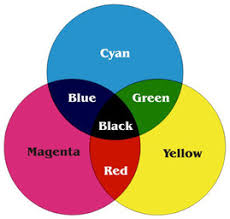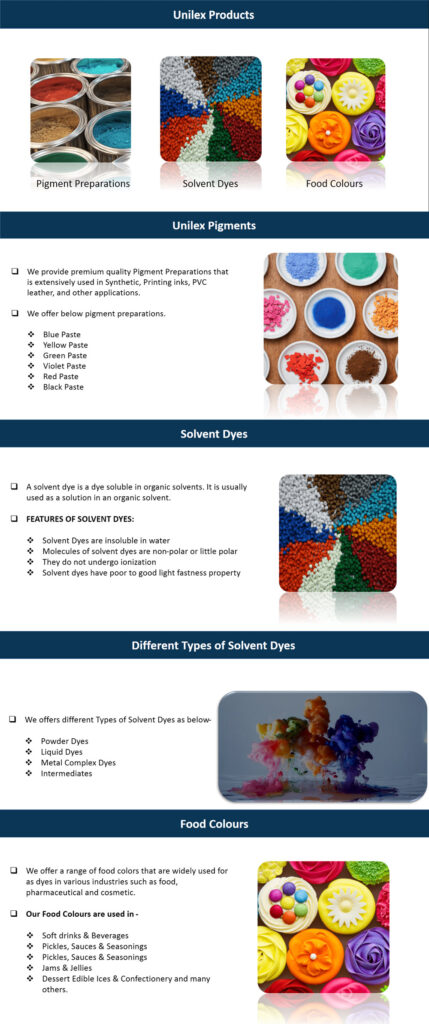Inorganic Pigments are an important component of a paint or coating. Their long-lasting, high-color stability makes them a desirable choice for many applications. Some pigments, such as red, are particularly stable and UV- and salt-resistant. The other important properties of wholesale inorganic pigments include their low cost, ease of production, and ecological considerations. In this article we’ll explore the advantages and disadvantages of synthetic and natural inorganic pigments.
Inorganic pigments are not carbon-based and are produced from minerals. They contain slats of a variety of metals. Some wholesale pigments are naturally occurring, but others are synthesized synthetically. Organic pigments come from plants, whereas inorganic pigments are made from dirt. X-ray diffraction is a powerful technique for analyzing inorganic compounds and pigments. Atomic absorption and plasma emission spectrometry are important techniques used in identifying the compounds used in paints. AES and atomic emission spectrometry are also useful for analysing inorganic substances.
Inorganic pigments can be used in many different ways, including paints. Some are organic, and others are inorganic. Inorganic pigments are the most common type of inorganic pigments. Their use is widely varied and can be beneficial to your painting process, and Unilex is one of the leading Inorganic Pigments wholesalers in India. However, the downsides of inorganic pigments are often a disadvantage. If you are using them as a color additive in your paint, you should be aware of their toxic nature.
Organic pigments are an excellent choice for painting because they are transparent and have rich colors. Inorganic pigments, on the other hand, tend to fade and are less expensive than their organic counterparts. Besides being cheaper, wholesale organic pigments have many disadvantages, including poor light fastness. They also have less durability when exposed to light and are prone to fading in heat. Therefore, they are not the preferred choice for every application.

Organic pigments are not organic pigments, and are synthetically manufactured. They are made from carbon-containing compounds. Because they are inorganic, they are cheaper and last longer than their organic counterparts. These pigments are commonly used in paints, as they are not insoluble and are more durable. For example, organic pigments are often brighter, but are not as durable as inorganic pigments. They will fade faster than inorganic pigments and are prone to fade.
The CICPs family includes synthetic iron oxide, which is the most common synthetic iron oxide. It is highly stable and resistant to environmental factors, and is the most popular pigment in the world. Unlike organic pigments, synthetic iron oxides are non-hazardous and can be used in all kinds of applications. Inorganic pigments are often more economical than organic ones. They also tend to be more durable. So, inorganic Pigments are better for the environment.
There are two types of pigments: organic and inorganic. Organic pigments contain carbon atoms, and are usually bright, pure, and inexpensive. Inorganic pigments, on the other hand, are toxic because they contain lead salts. This is why they are used in paint. Inorganic pigments are much cheaper, but they have less tinting strength and are not as durable as their organic counterparts.
The benefits of organic pigments are similar to inorganic ones, but their performance is different. The former is less stable and is easily destroyed by harsh chemicals. Inorganic pigments are more opaque than organic pigments. They last longer and can be used in a wide range of applications. The former is considered a safe pigment in permanent makeup, while the latter is used in cosmetics. It is not possible to use a fluorescent pigment in permanent makeup.
Organic pigments are created in a laboratory and have the same properties as inorganic pigments. Inorganic pigments are light-fast and can be used in most industrial applications. Inorganic pigments are less expensive and can be used for a wide range of purposes. They can be used to enhance the look of a paint, but have less color. A common example is in the case of fluorescent colors. Inorganic colorants are commonly used in lithographic inks.


